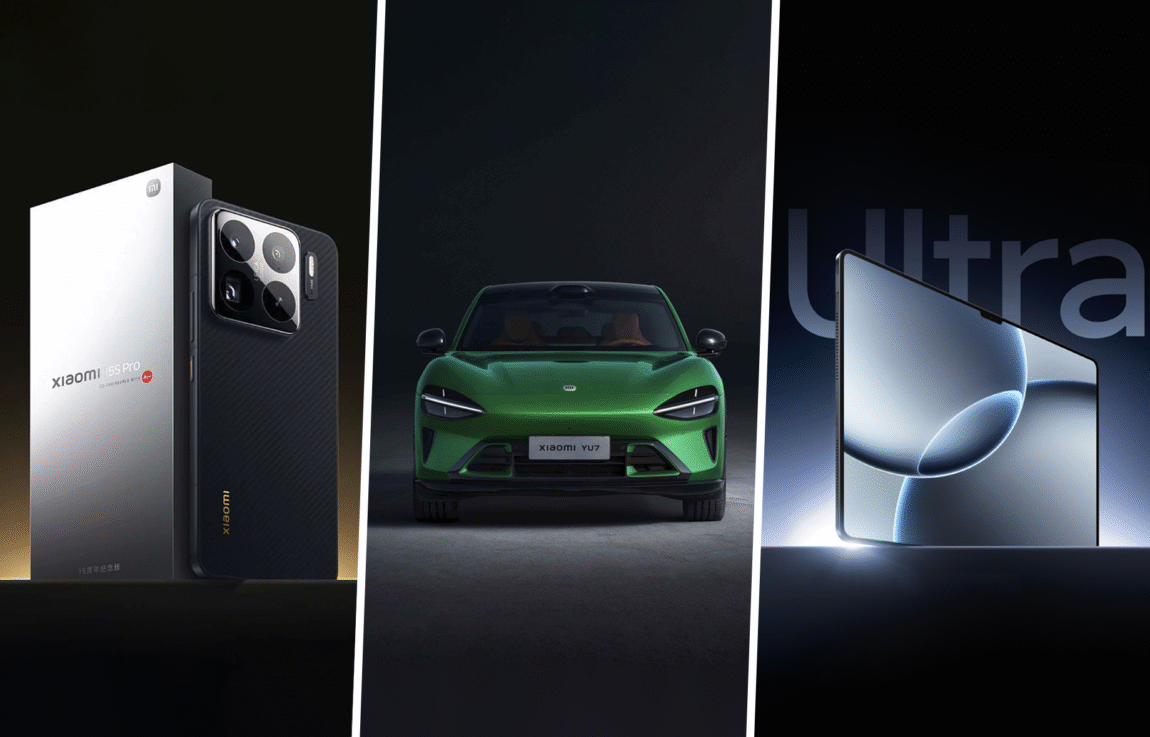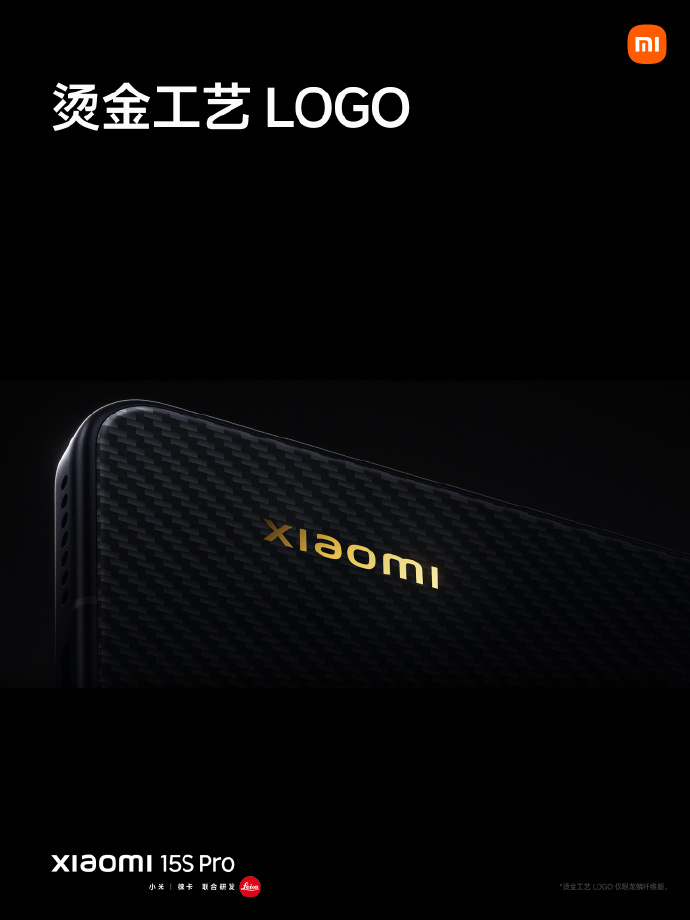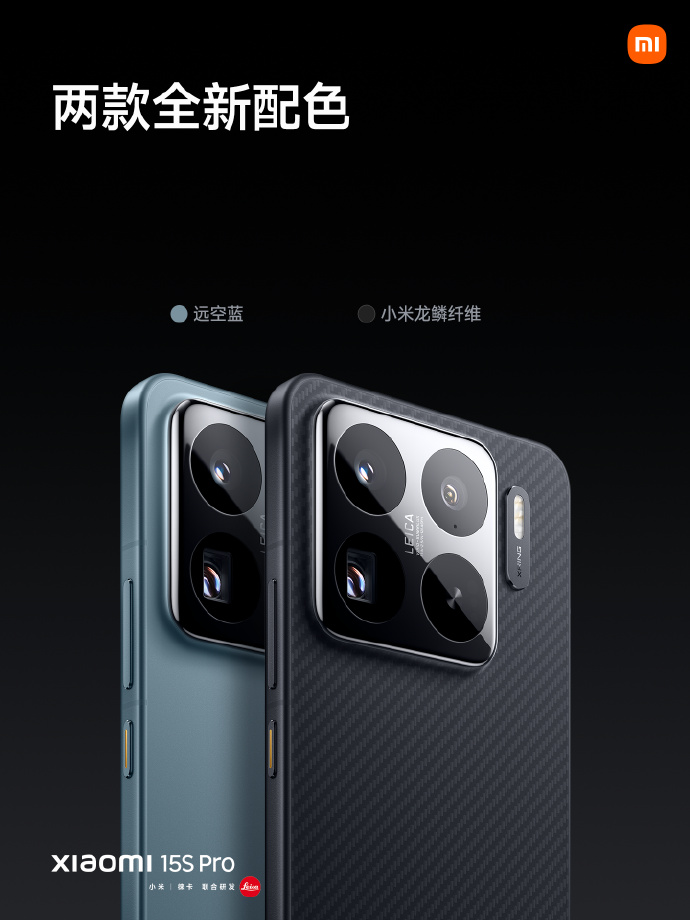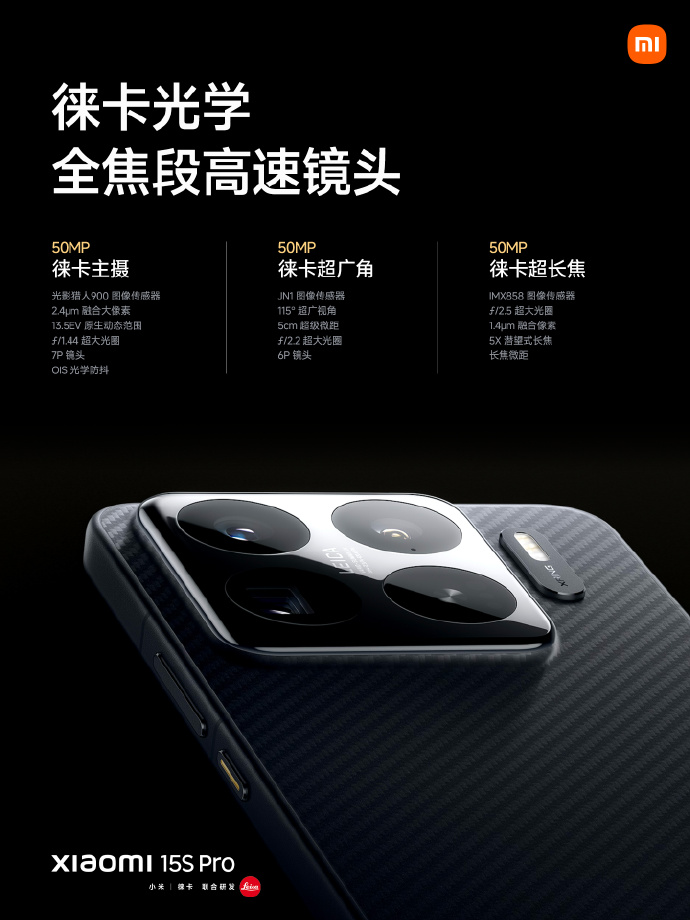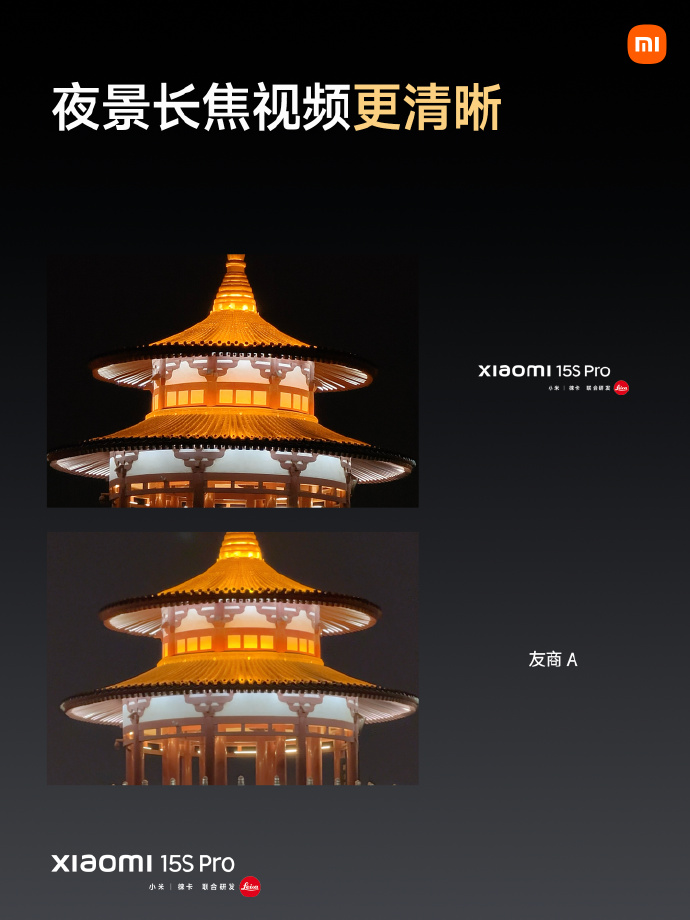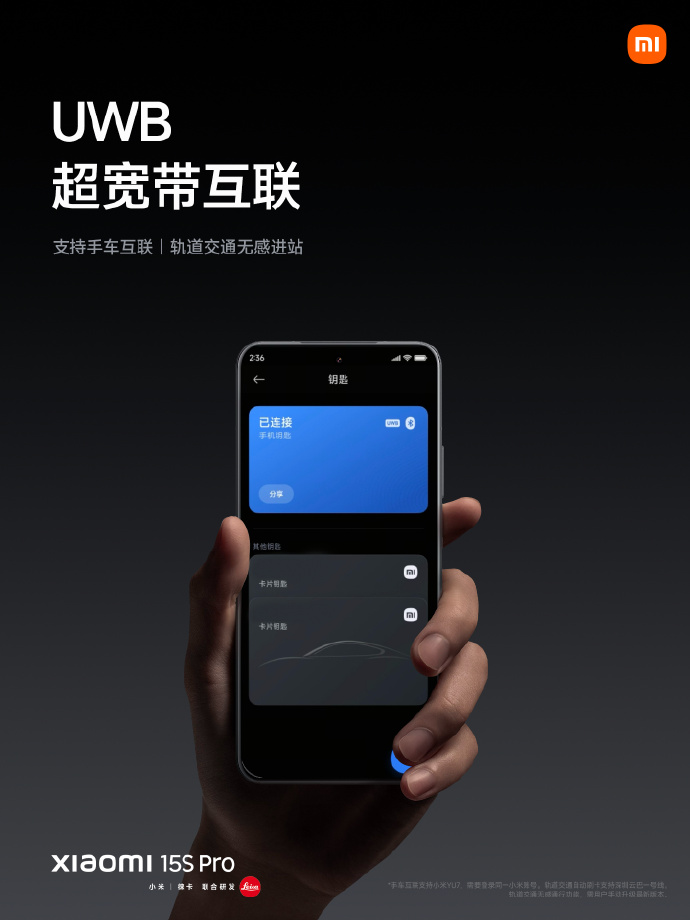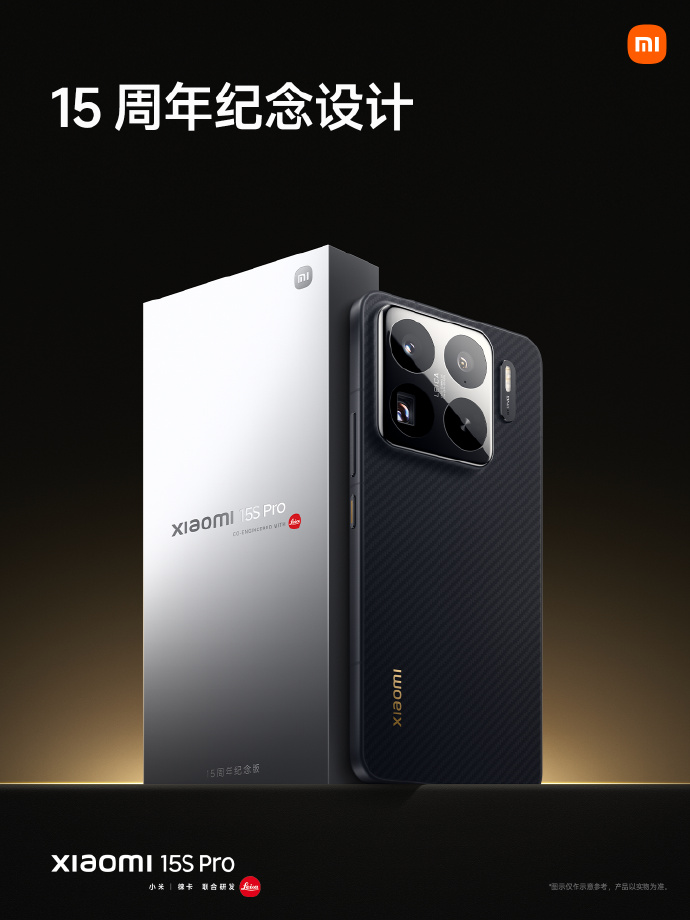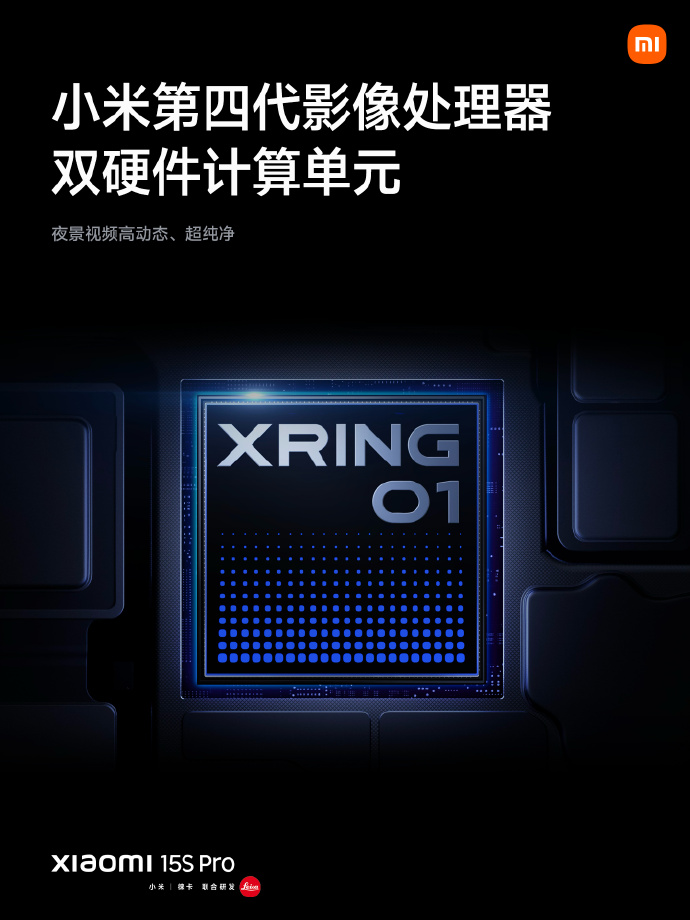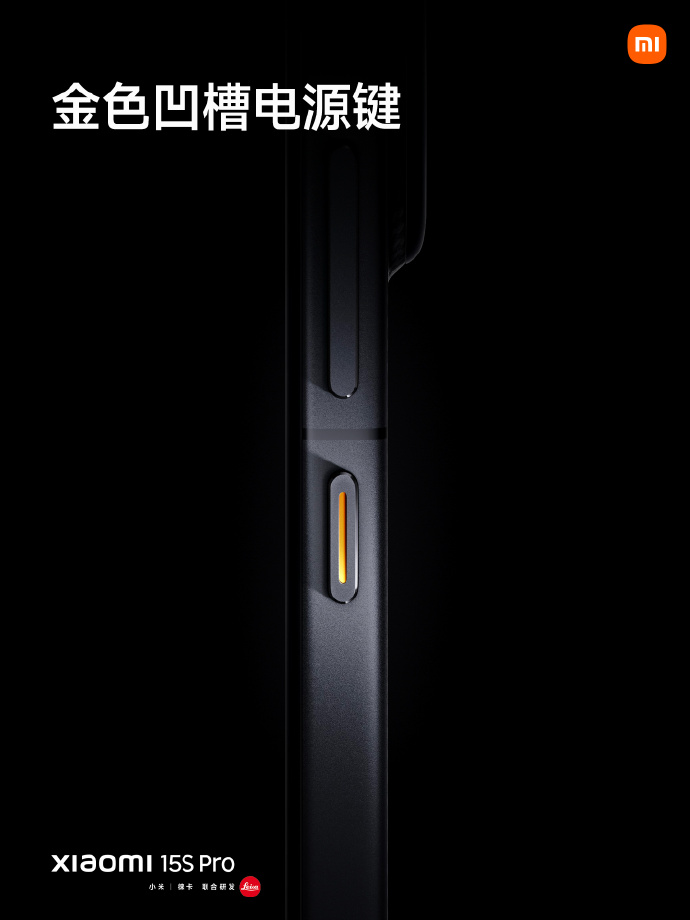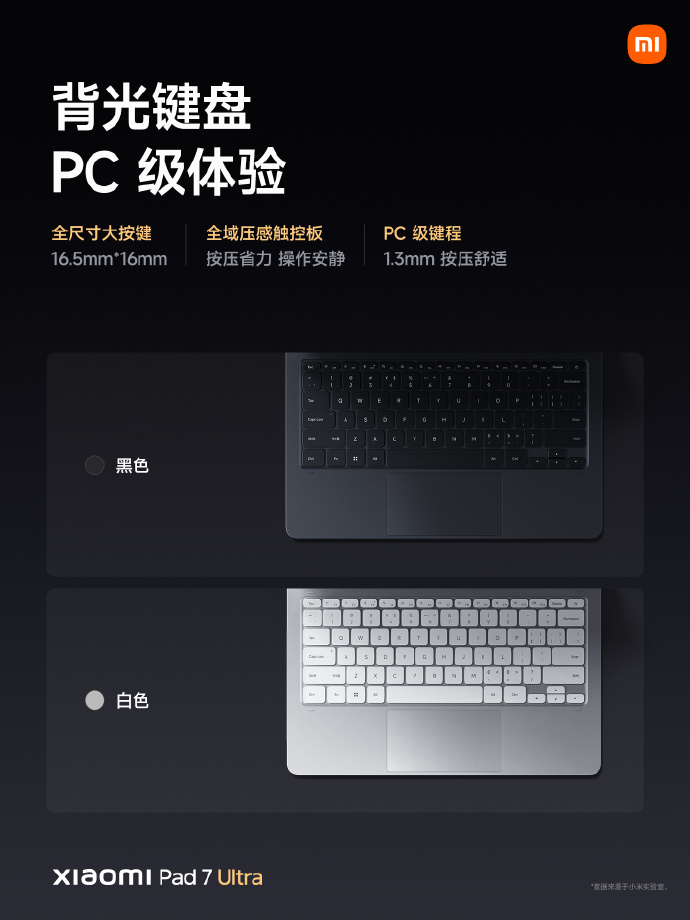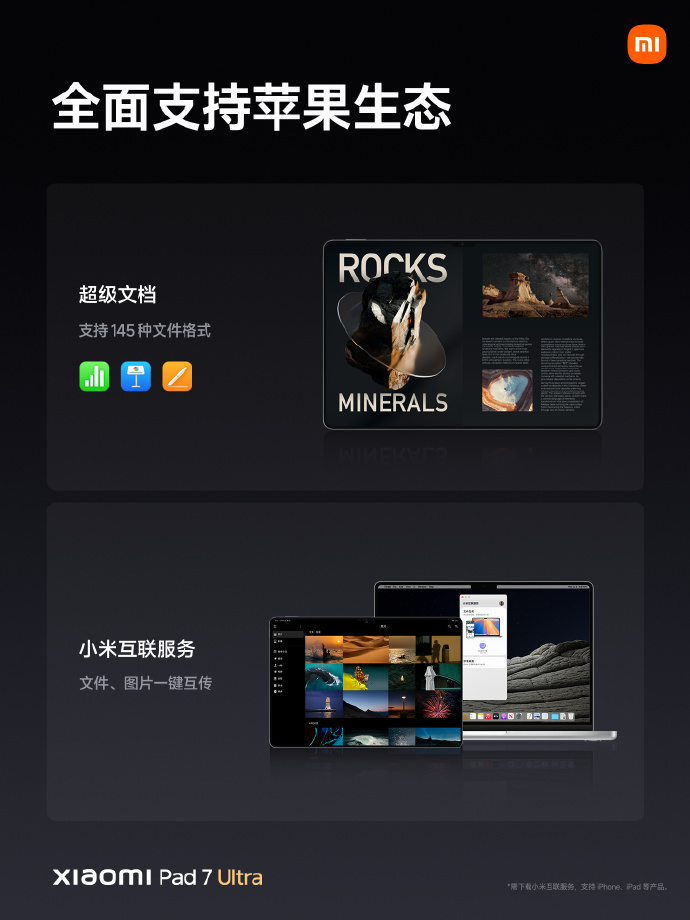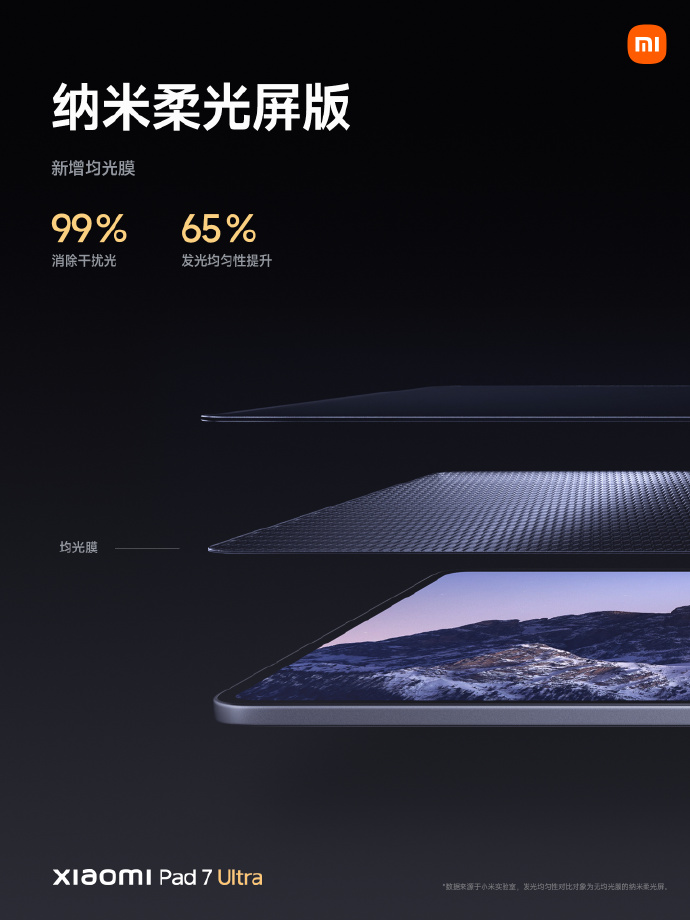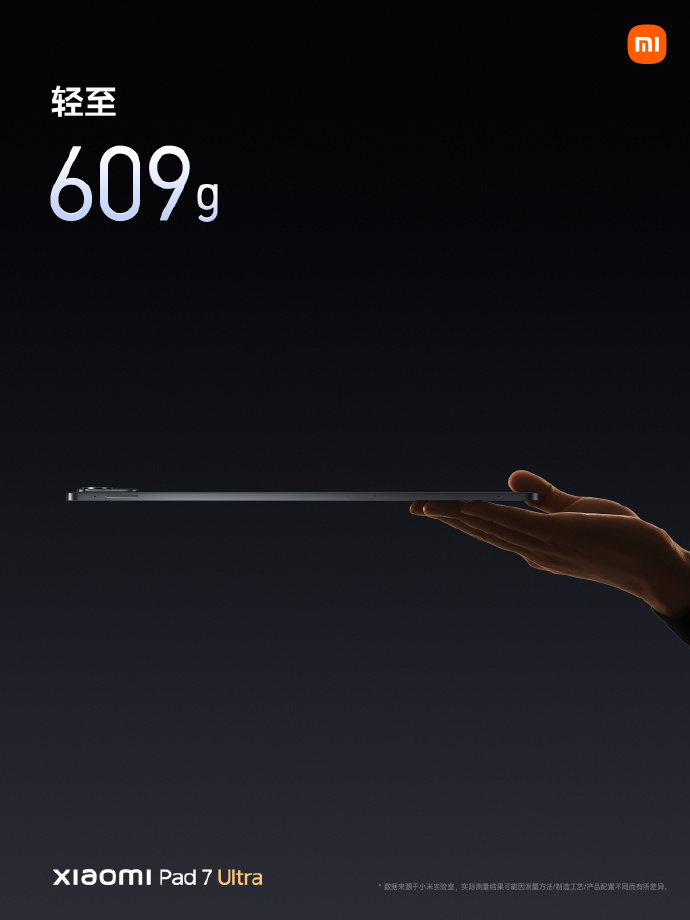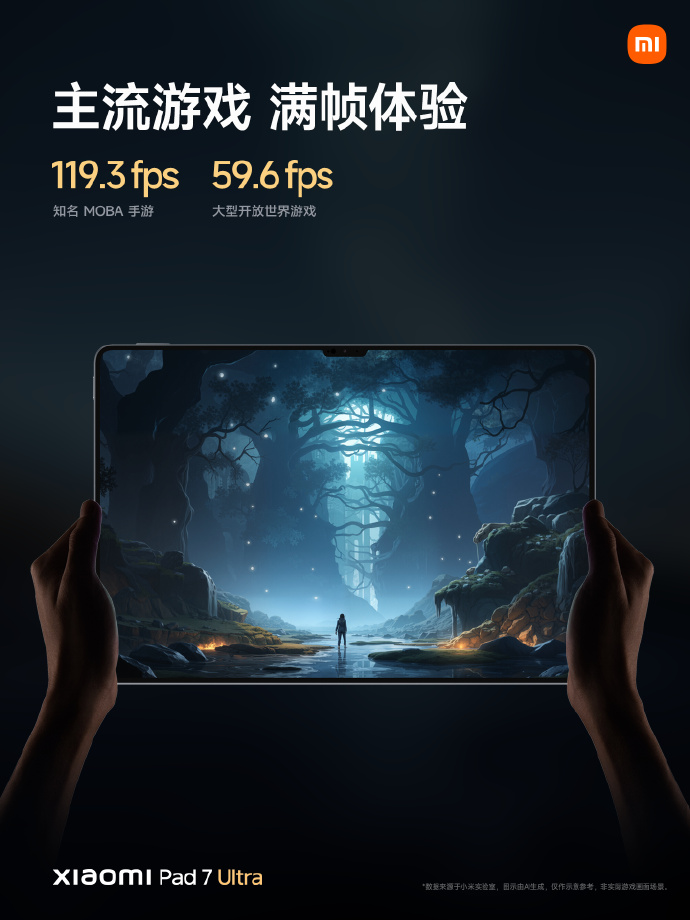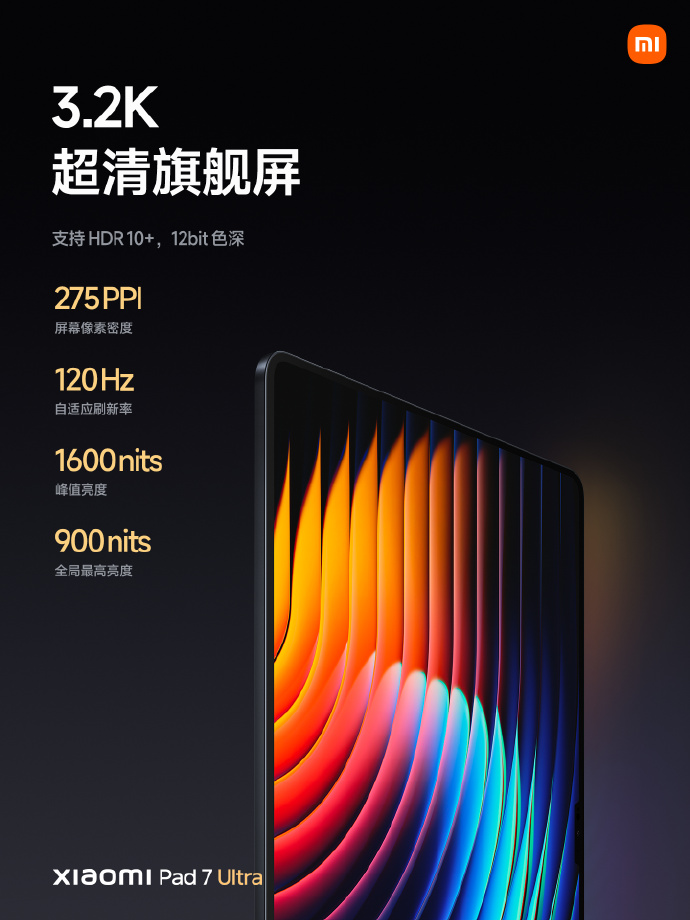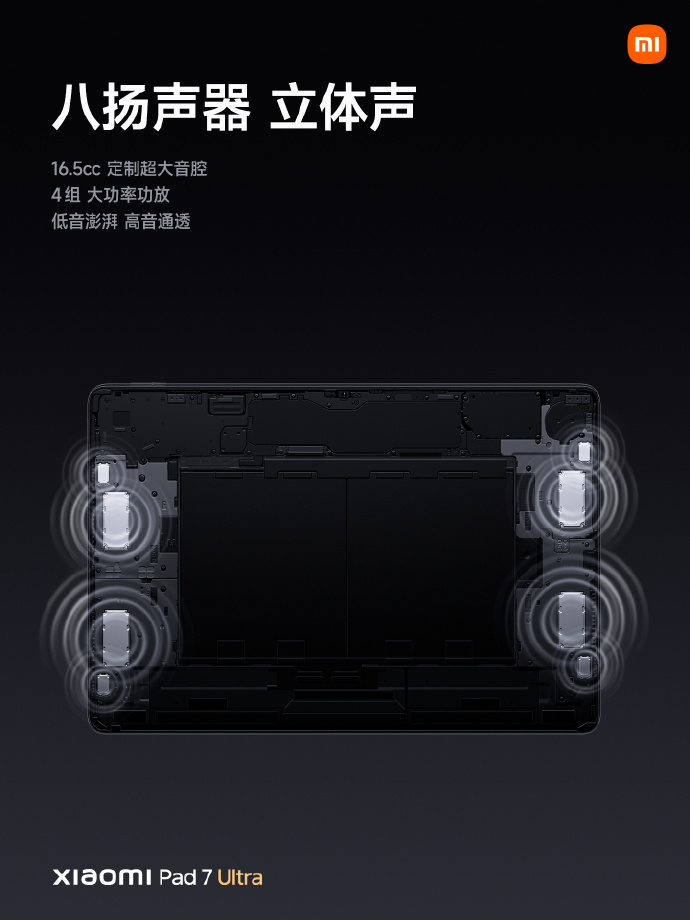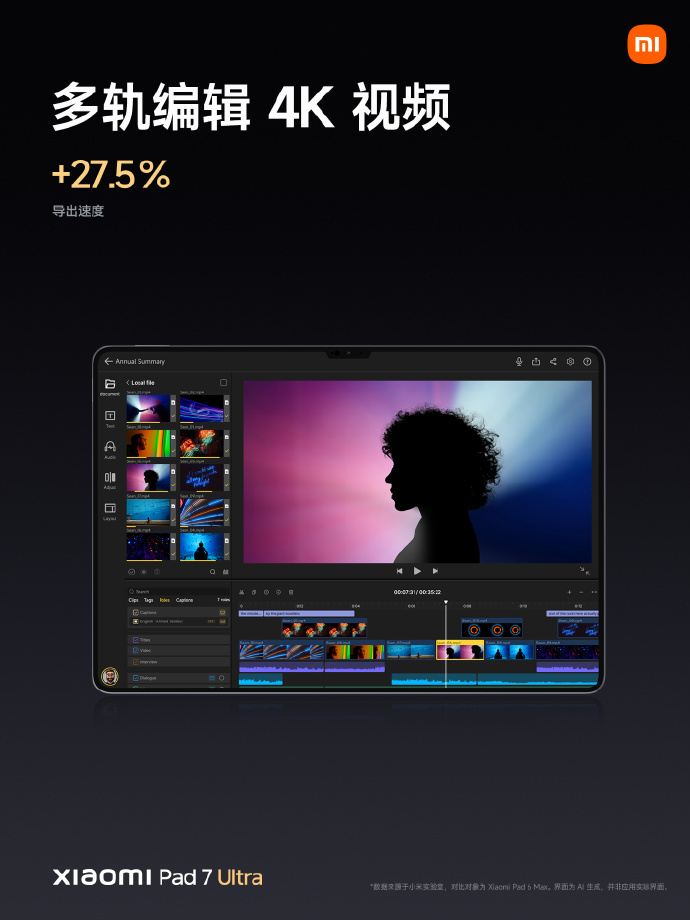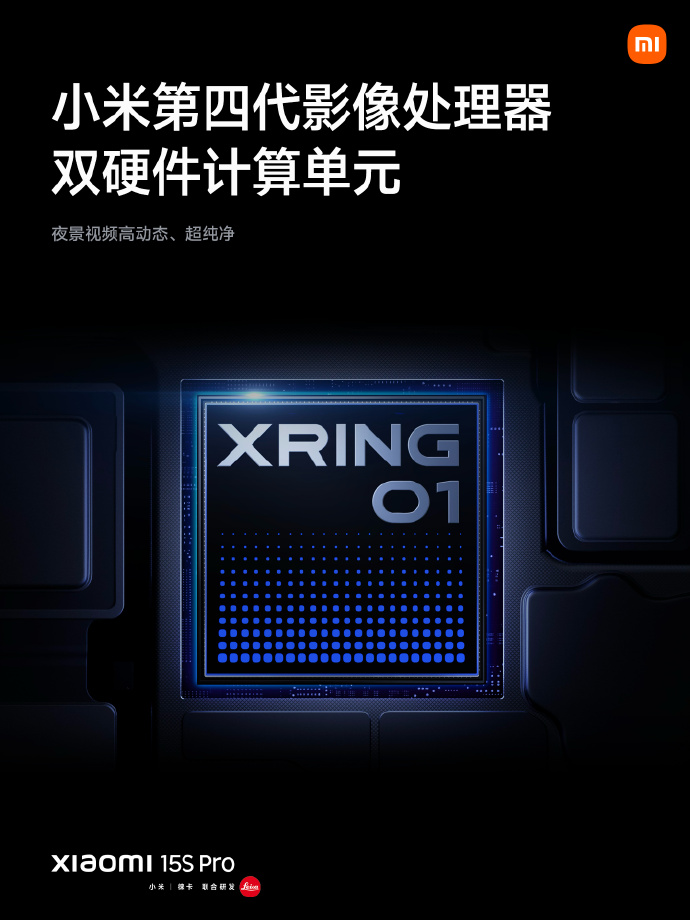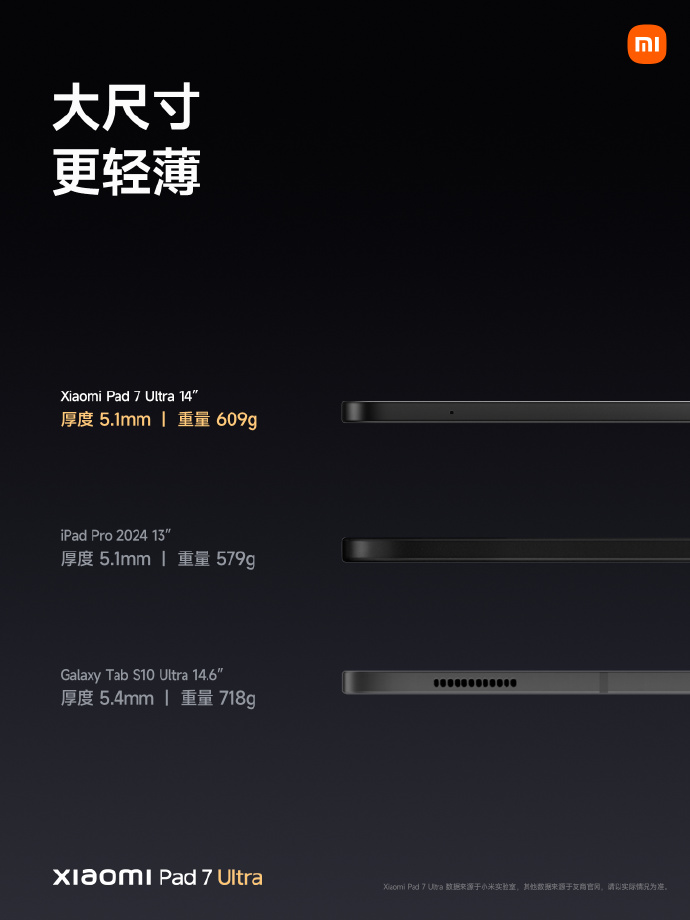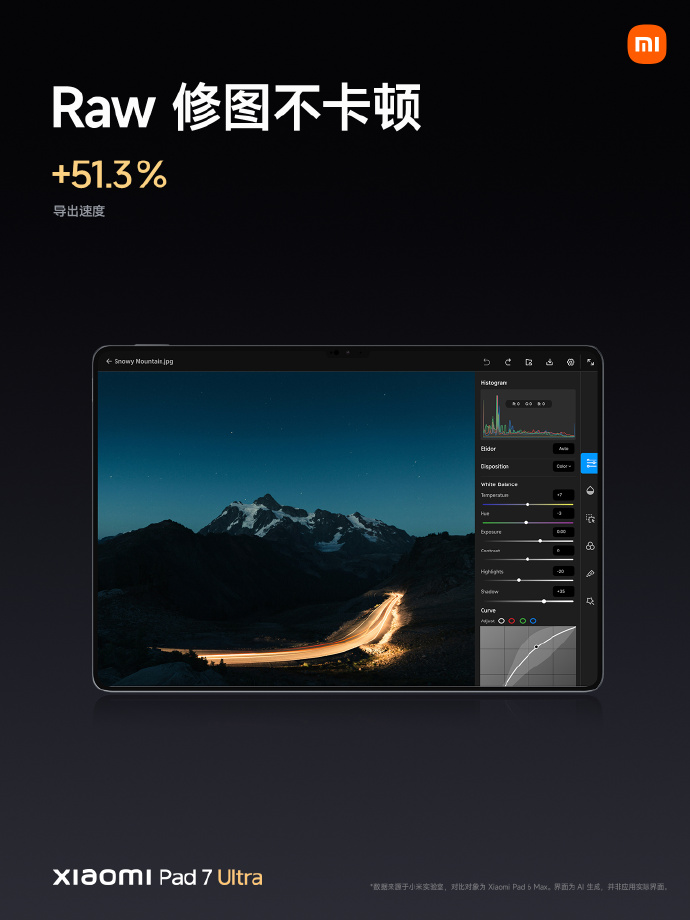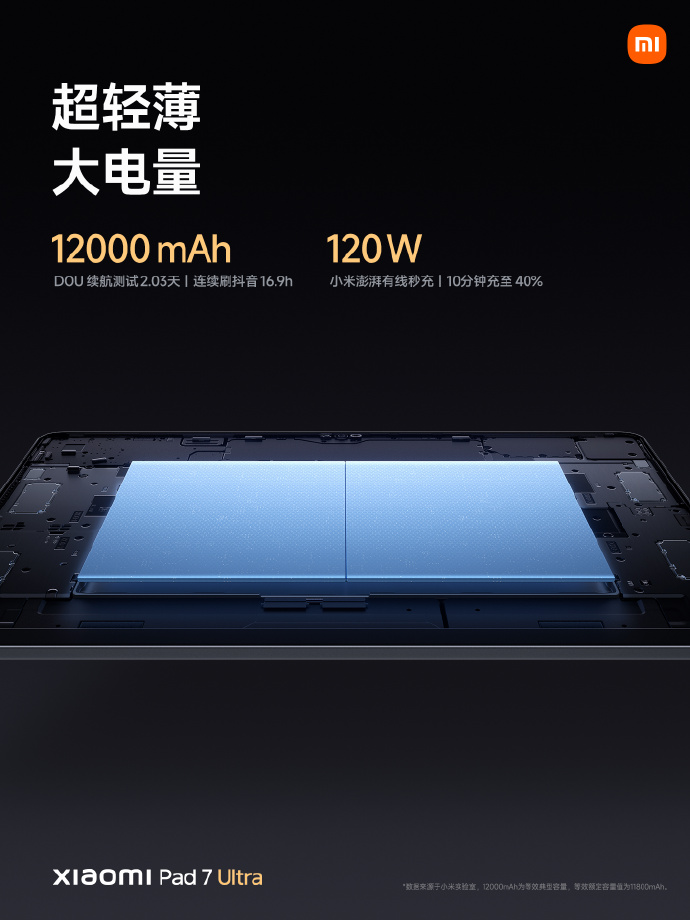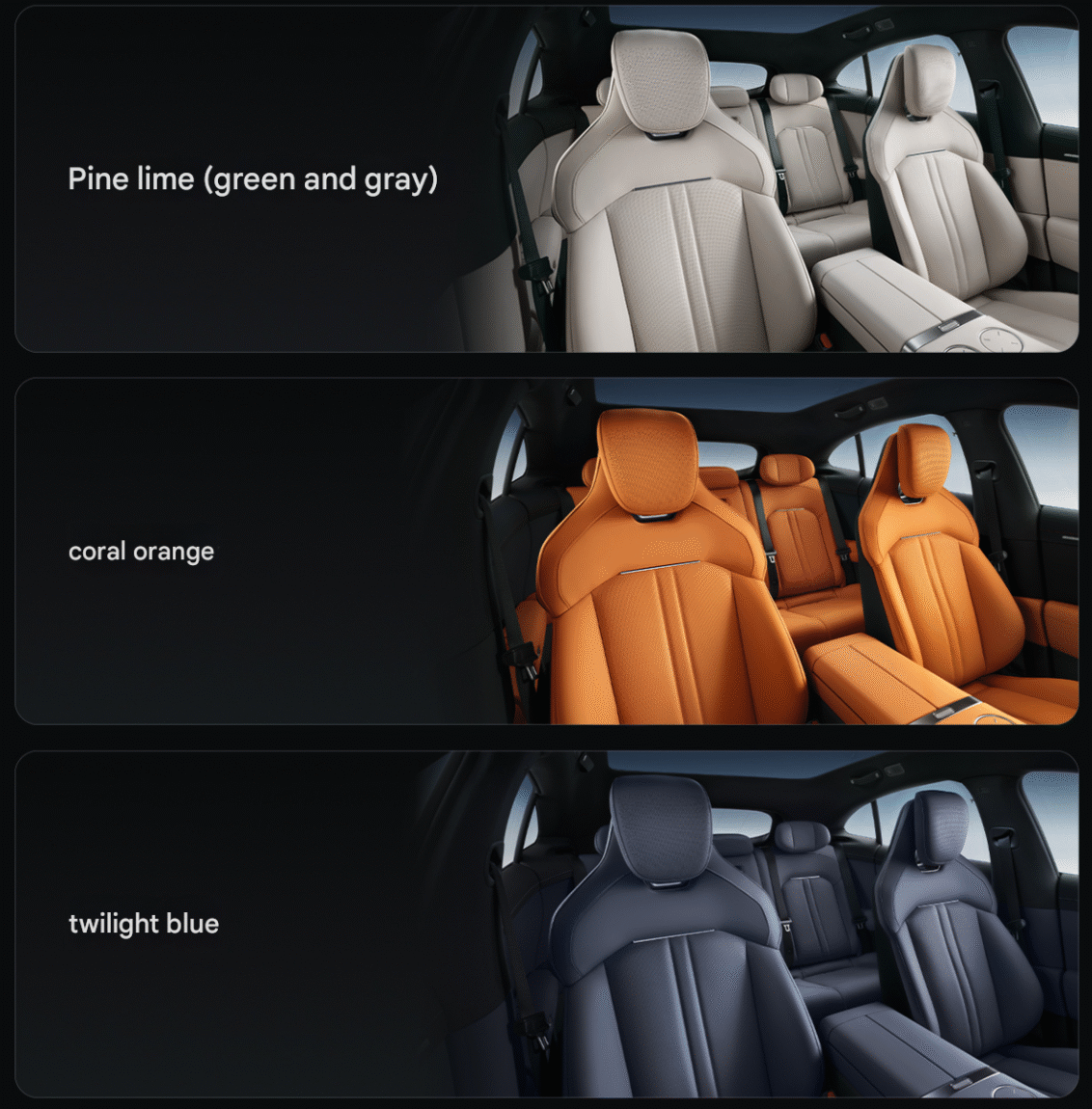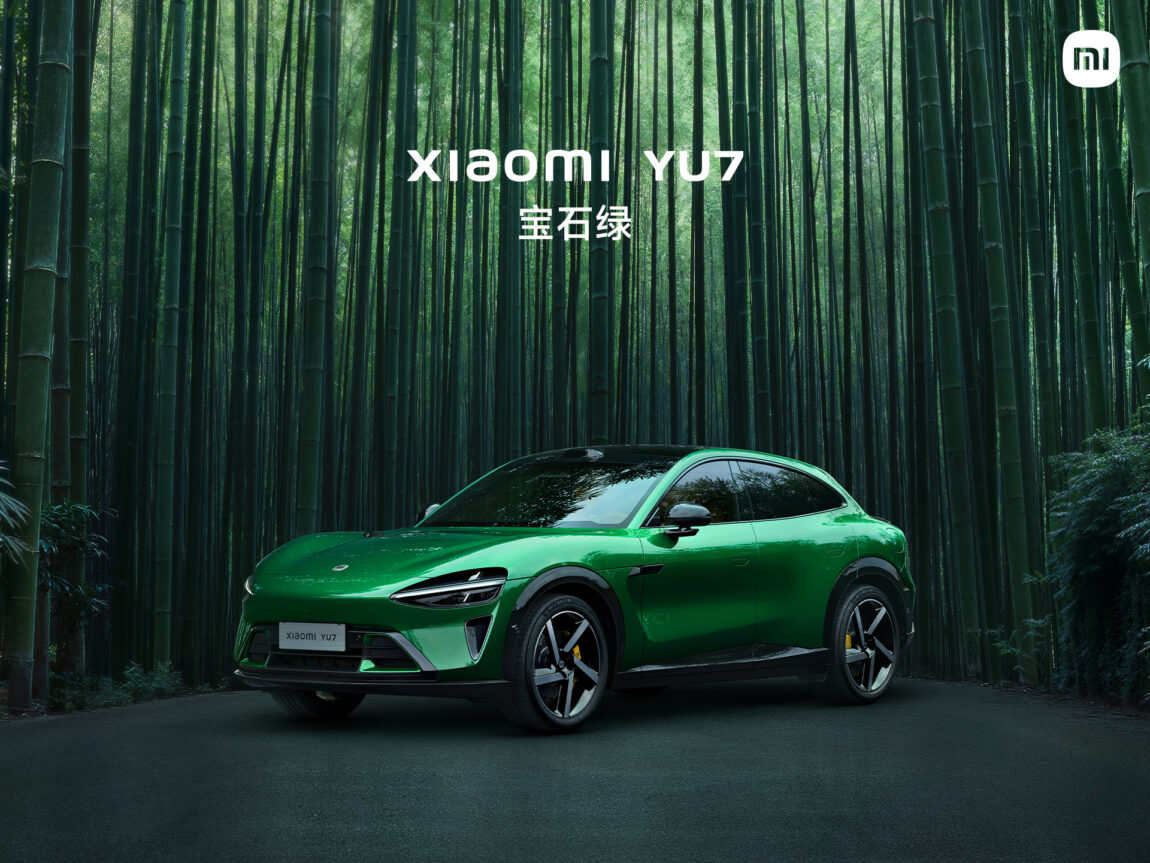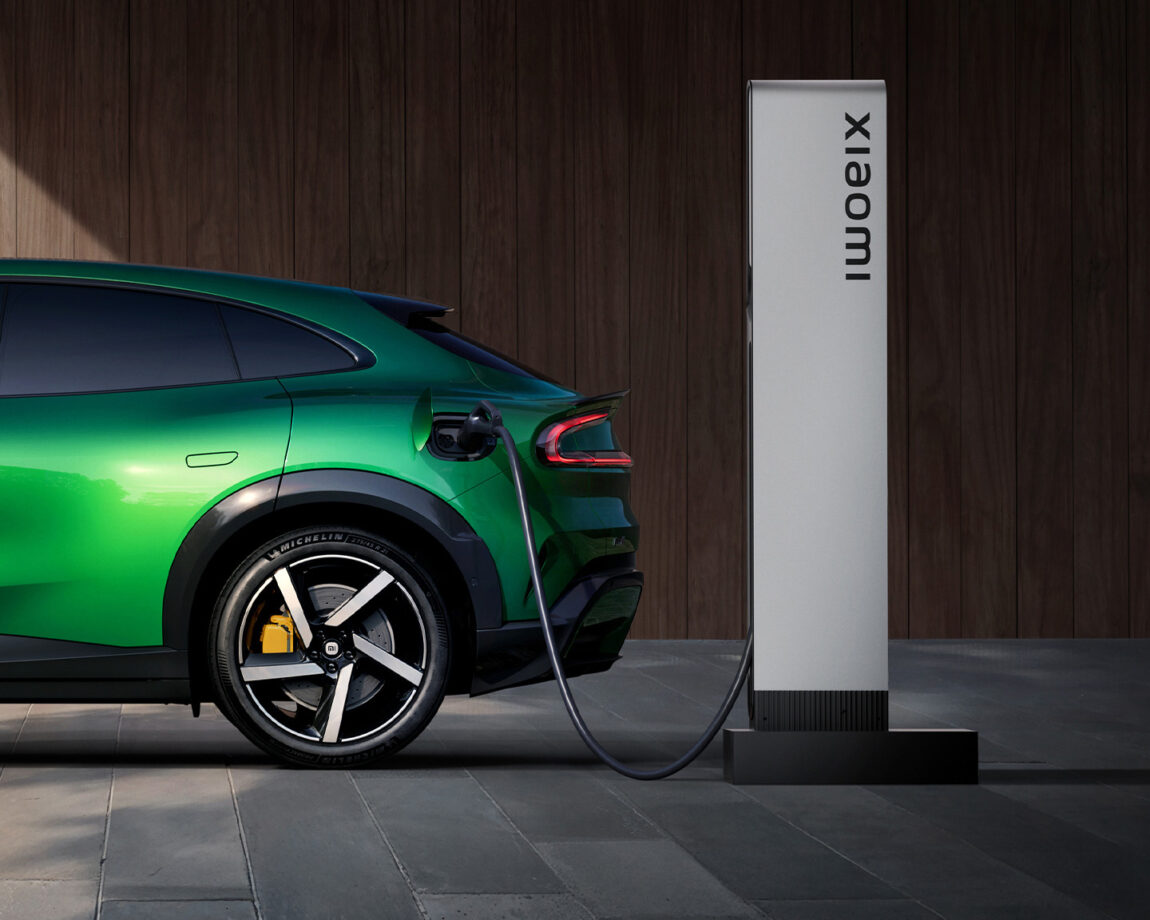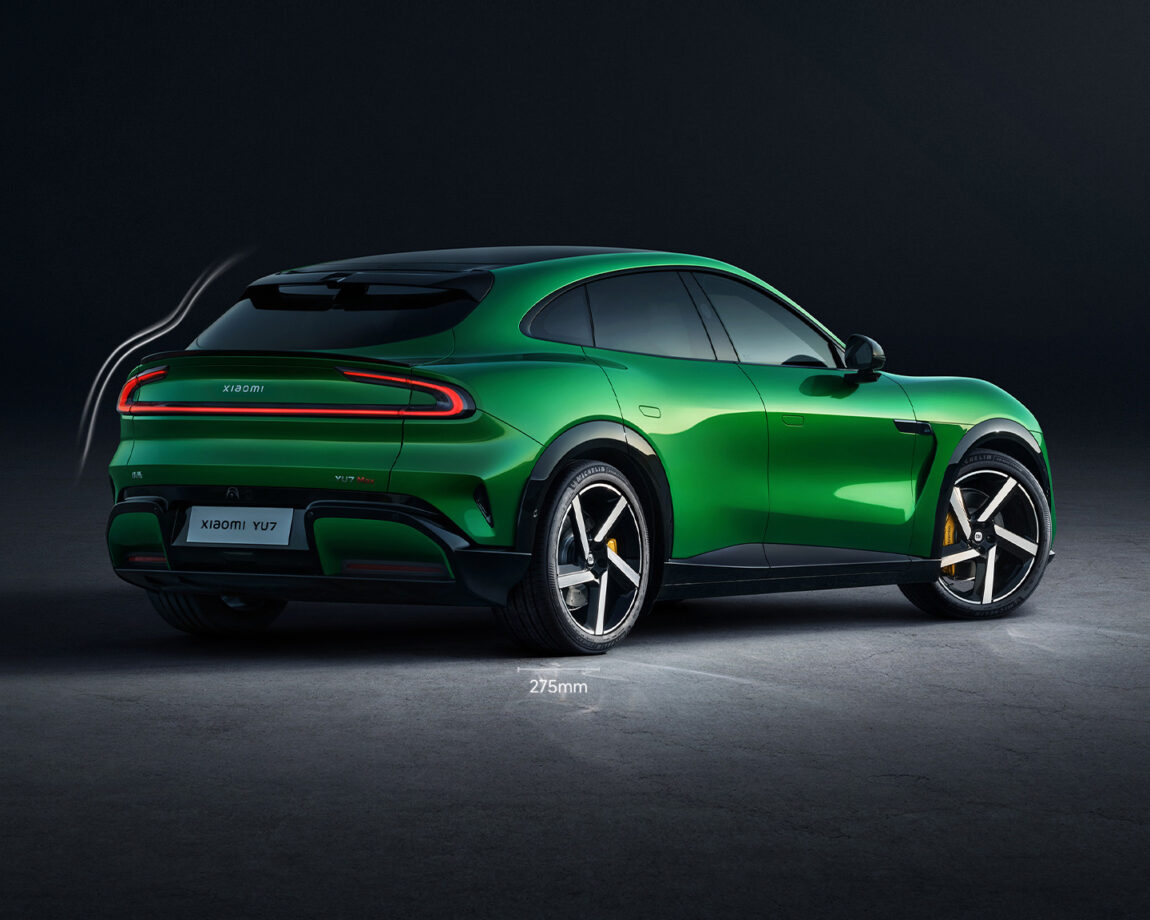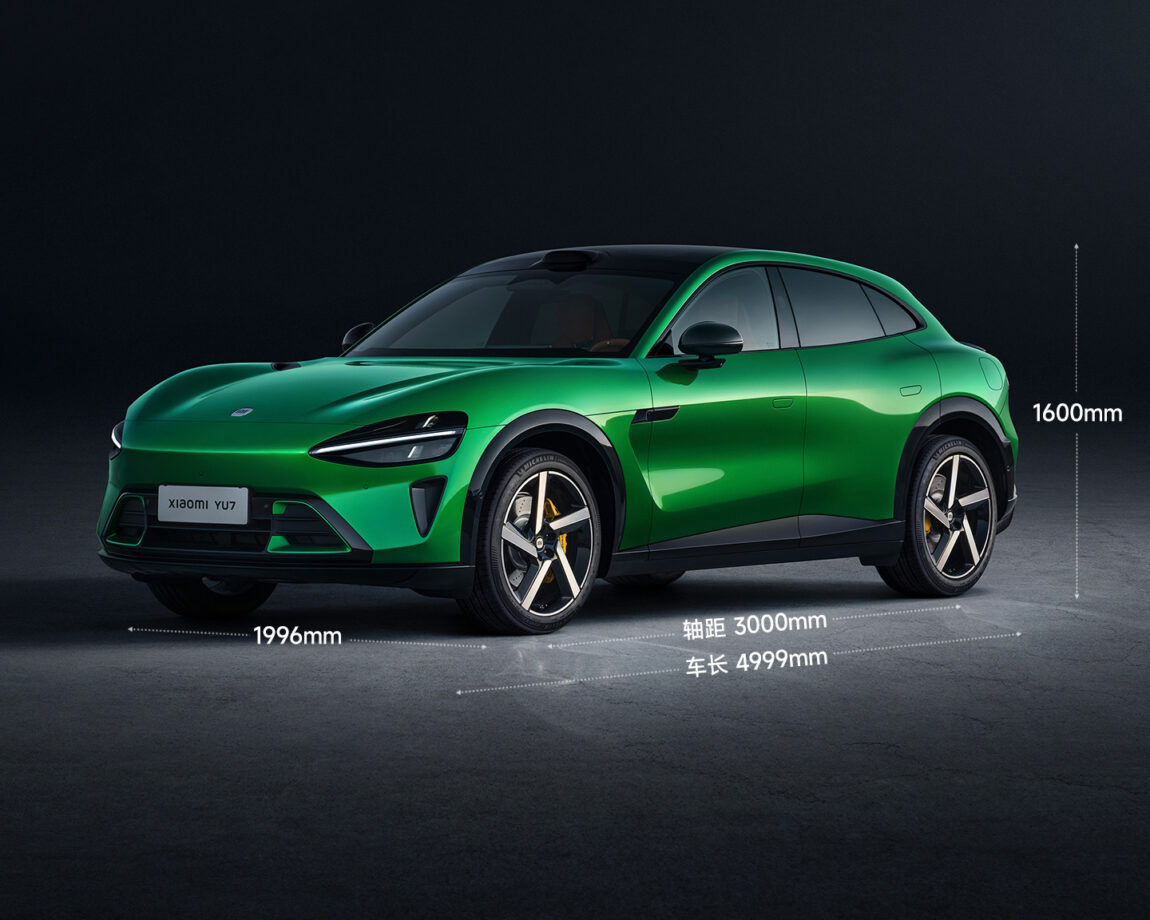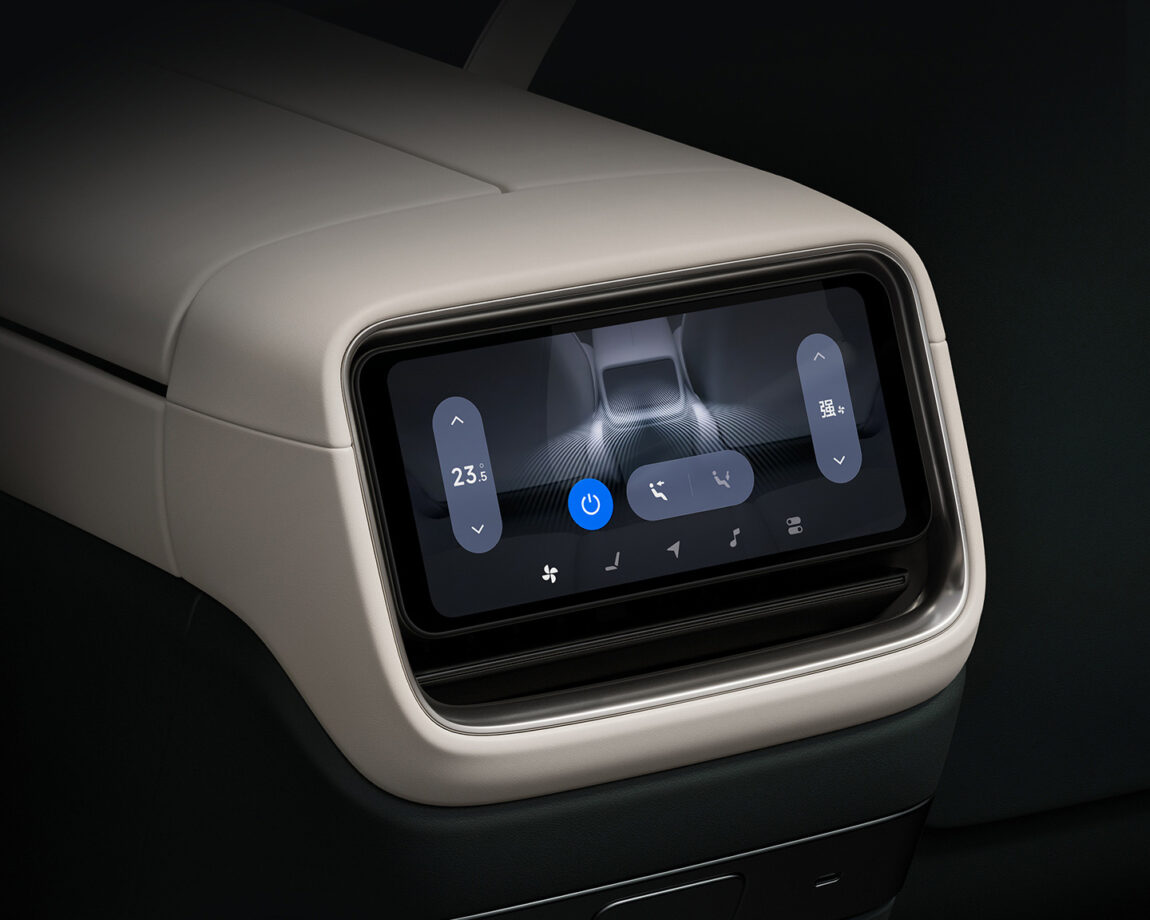2025 marks a new stage in Xiaomi’s technological evolution, with the company introducing an impressive range of new products, including not only high-end smartphones and tablets, but also its own processors, smart home devices, and even an electric car. These solutions not only strengthen Xiaomi’s position in the market, but also reveal its ambition to become one of the most important innovation leaders in the world. In this article, we take a look at the most important devices and technologies introduced by Xiaomi in 2025.

Xiaomi 15S Pro
Xiaomi 15S Pro is a high-end smartphone with advanced technology and powerful performance. The device is equipped with Xiaomi's new Xring O1 processor, which is manufactured using a 3nm process technology. This 10-core chip, with two 3.9GHz Arm Cortex-X925 cores and a 16-core Immortalis-G925 GPU, ensures top-level performance.
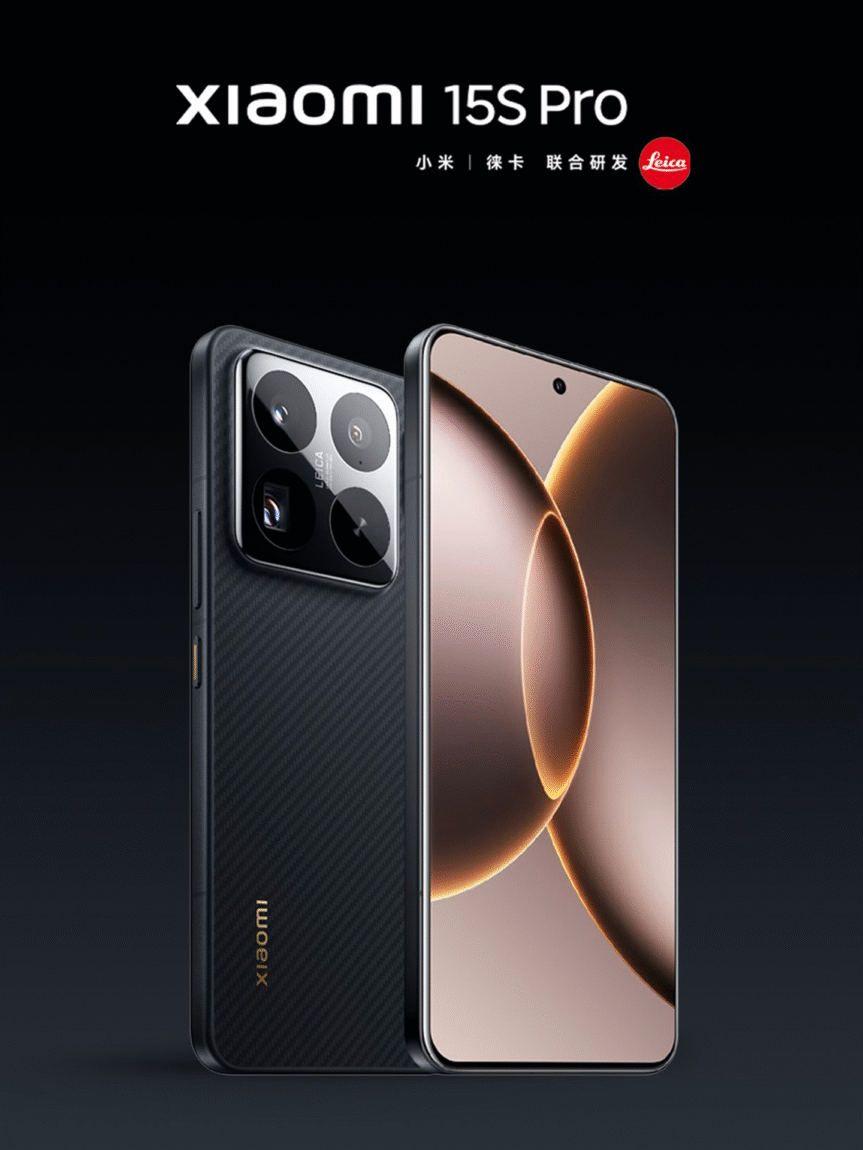
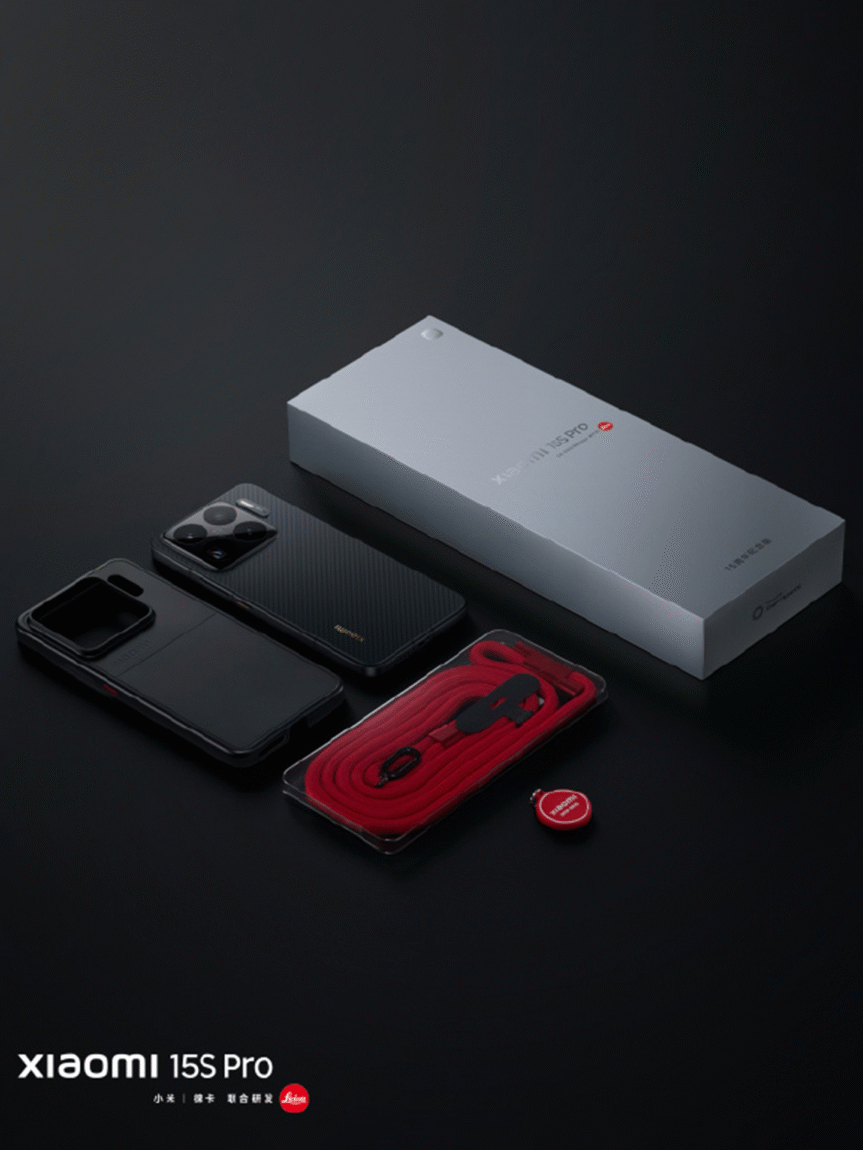
The phone has a 6.73-inch LTPO AMOLED display with 2K resolution, 120 Hz refresh rate and up to 3200 nits brightness. The camera system consists of three 50 MP sensors: a main one with OIS, a periscope telephoto lens with 5x optical zoom and an ultra-wide-angle lens. The front camera is 32 MP.

The Xiaomi 15S Pro also features a 6100 mAh battery with 90W fast charging and 50W wireless charging. The device supports IP68 water resistance, Wi-Fi 7, Bluetooth 5.4, NFC, and runs on HyperOS 2.0.

Xiaomi Pad 7 Ultra
Xiaomi Pad 7 Ultra is Xiaomi's first premium tablet, featuring a 14-inch 3.2K OLED display (1600 nits brightness), an ultra-thin 5.1 mm body, and a powerful XRING O1 3nm processor with a 16-core GPU and 6-core NPU. The device has a 12,000 mAh battery with 120W charging, Wi-Fi 7, eight speakers, and long battery life (up to 61 days on standby).

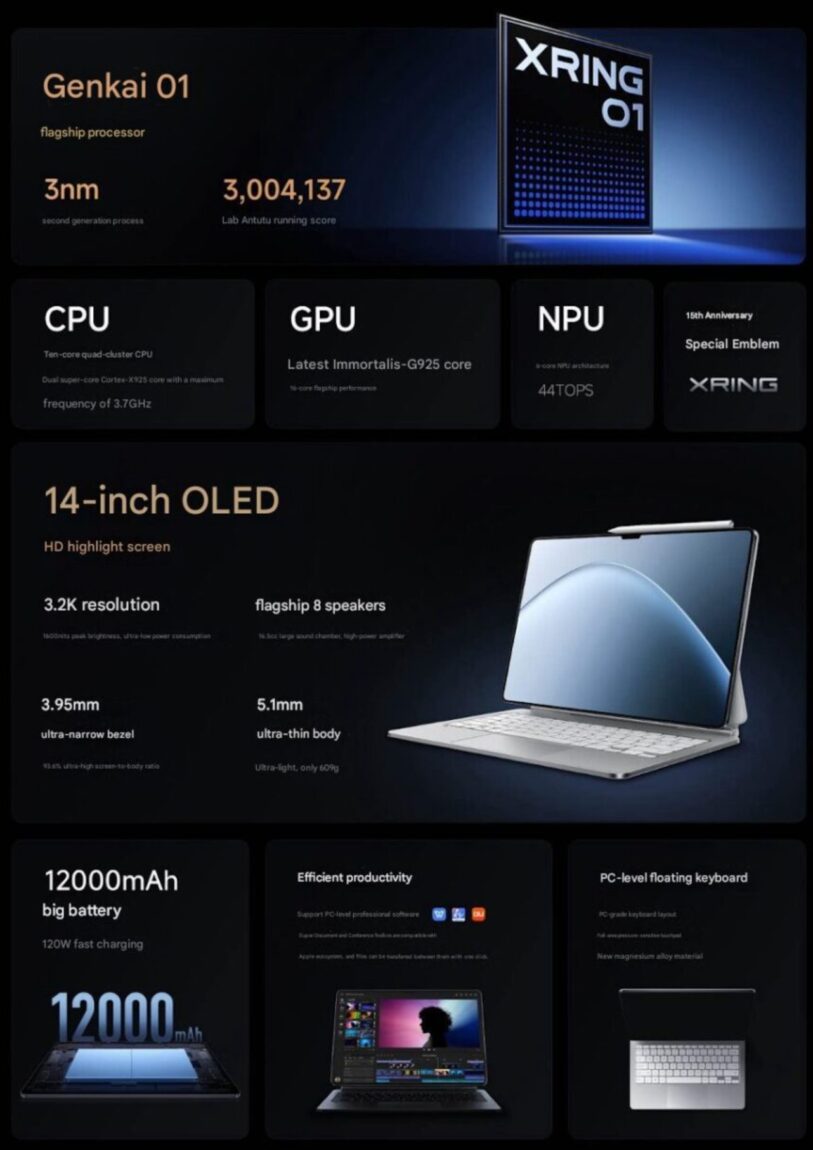
The tablet runs on Xiaomi HyperOS 2, which offers advanced multitasking, AI features, and support for professional apps (e.g. CAD, WPS Office). It also has a 50MP rear camera and a 32MP front camera. The optional magnesium alloy keyboard with backlit keys and a large touchpad turns the device into a powerful work tool.

Xiaomi YU7
This is a new step towards Xiaomi's expansion into the electric car market. This model features a modern, aerodynamic design and smart technologies integrated into both the cabin and the car's control system.

The YU7 is a fully electric car, the base version has a 235 kW (315 hp) rear motor and a 96.3 kWh LFP battery, while the most powerful "Max" version is equipped with two motors with a total power of 508 kW (690 hp) and a 101.7 kWh NMC battery. According to CLTC, the driving range varies from 760 to 835 km depending on the model, and the fast charging function allows you to add energy to drive up to 620 km in 15 minutes.

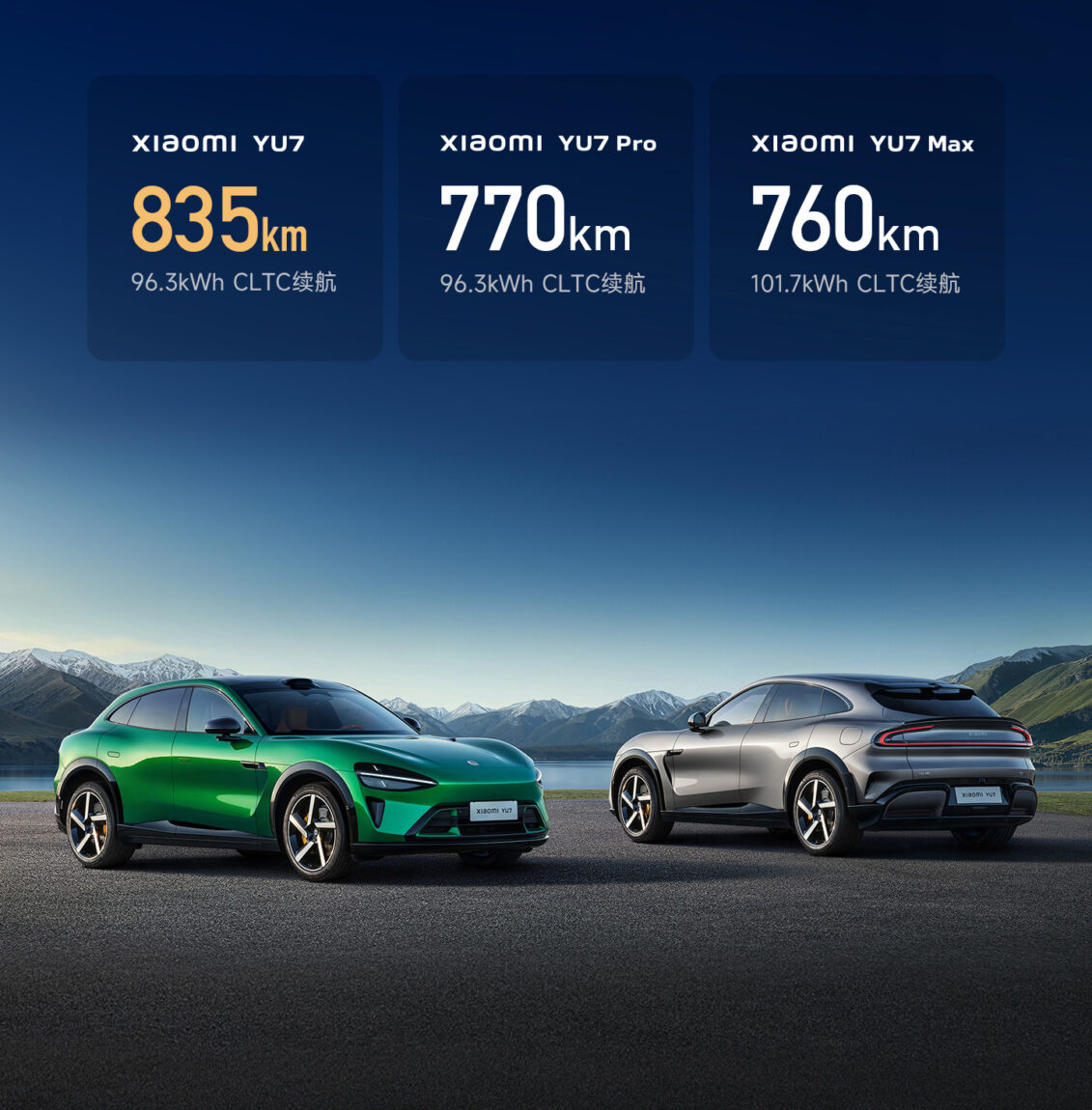
Inside the car, we will find advanced infotainment systems management, linked to artificial intelligence and the Xiaomi ecosystem. This allows the user to synchronize the car with their smart devices. The Xiaomi YU7 also offers various driving assistance functions and semi-autonomous driving, making it a competitive model among modern electric cars.

The Xiaomi YU7 price in China can start from around 250,000 yuan (about 34,700 USD) and go up to 400,000 yuan (about 55,600 USD), depending on the selected configuration. The model is scheduled to go on sale in the Chinese market in July 2025.

Xiaomi XRING O1 and XRING T1 chips
Xiaomi marks a major breakthrough in chip development. XRING O1 – is Xiaomi’s first flagship-class 3nm processor, featuring a 10-core CPU and 16-core Immortalis-G925 GPU, delivering exceptional performance and power efficiency. With 19 billion transistors, a 6-core NPU, this chip is optimized for AI computing and high-quality image processing. It first appears in the Chinese market with the Xiaomi 15S Pro and Pad 7 Ultra.

Meanwhile, Xiaomi XRING T1 is Xiaomi's first 4G smartwatch chip with integrated eSIM and its own 4G base station architecture. It provides 35% better 4G performance than competitors and significantly reduced power consumption.
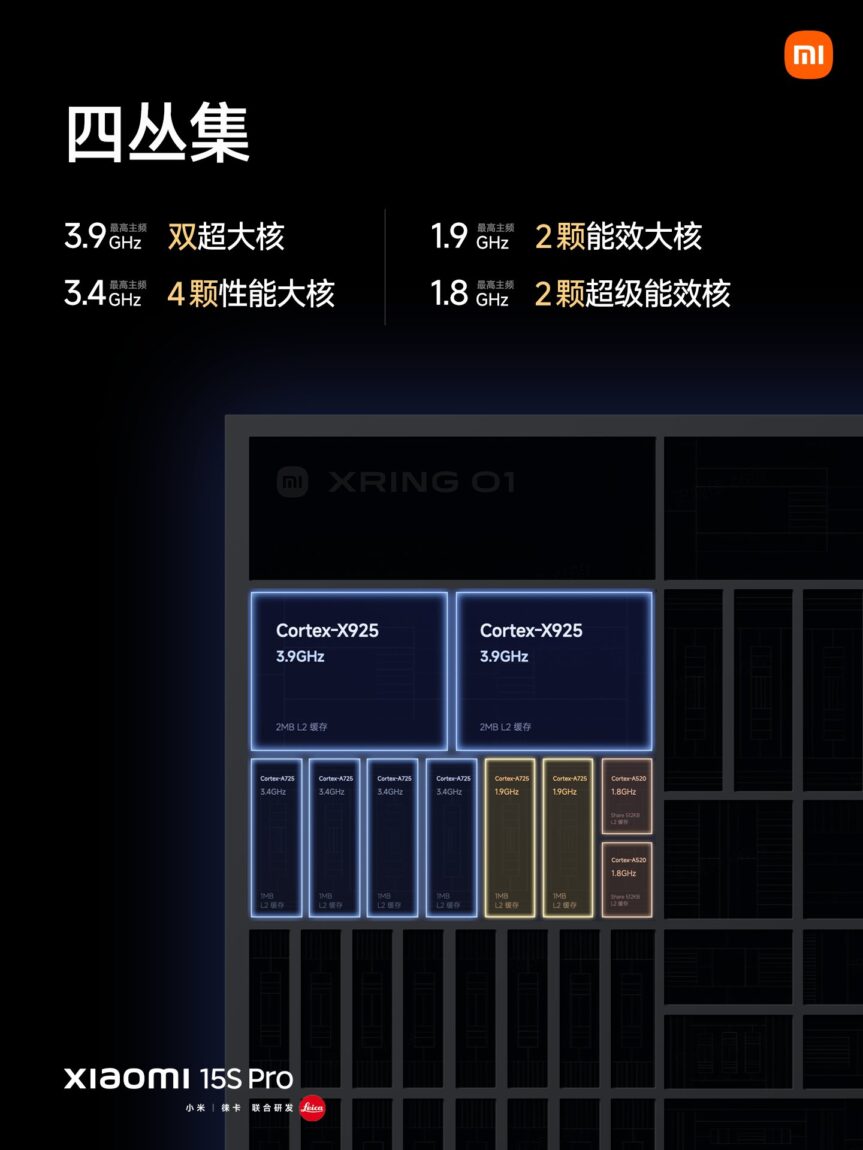

The chip also enables features such as remote camera viewing, smartphone-free control, and customizable watch faces. These new chips reflect Xiaomi’s long-term strategy to invest in its technologies – OS, AI, and chips – with a RMB 50 billion investment plan over the next decade.


